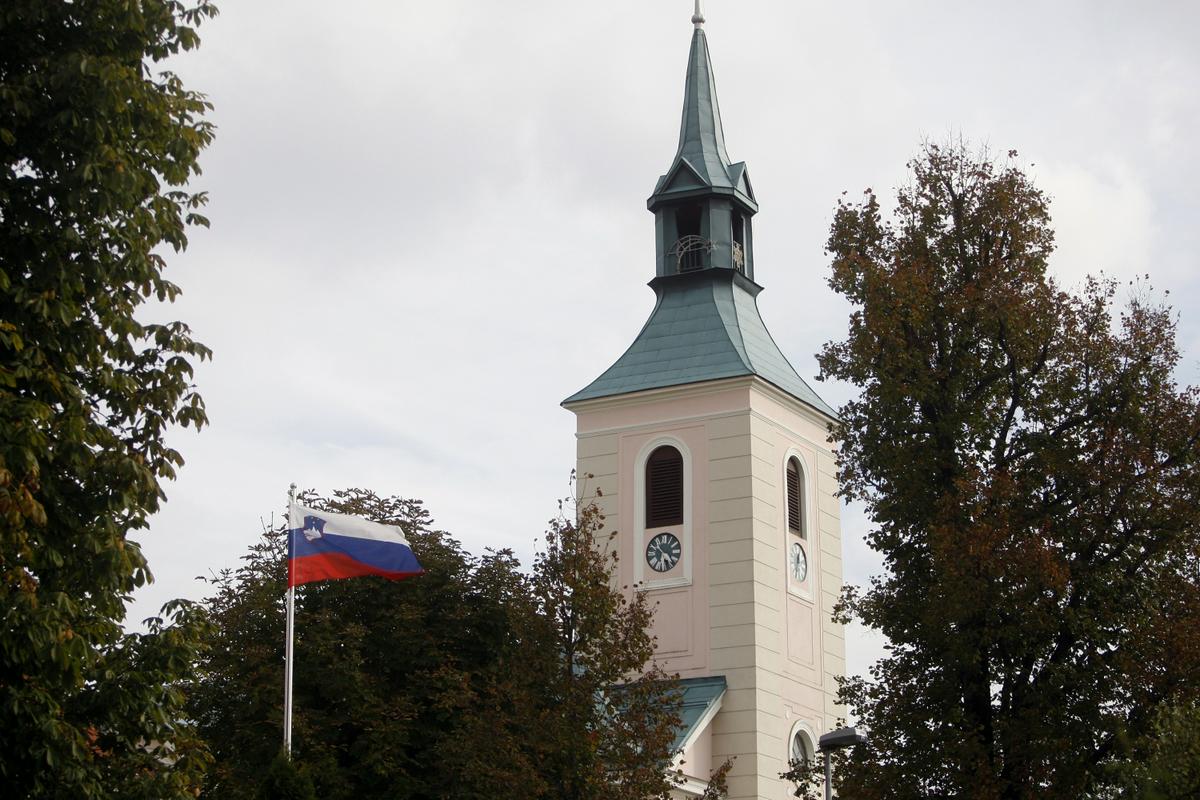
The first mentions of the church date back to the 14th century. Its location was not a coincidence; the site was strategically important in the era of frequent Ottoman incursions. When the Turks were spotted making their way north, large bonfires would be lit on the spot to alert the local population. The defensive walls surrounding the church serve as a reminder of that era.
Impressive frescoes, the work of a Slovenian artist known as Jernej of Loka, were added to the interior walls in the 16th century. They include one of the finest portrayals of the Passion of Jesus anywhere in the Slovenian Lands. By the 17th century, the church had become an important pilgrimage destination for people from around the region, and several roadside shrines survive from that era.
It was in that area when the Church of St. Peter also became known as a place of miracles. An entrance to a cave lies just behind the church, and its unexplored interior has long fascinated visitors. The entrance is now behind bars, but a mysterious breeze can still be felt blowing from the cave.
That breeze was once thought to have healing properties. According to legend, deaf people would miraculously regain their sense of hearing after being exposed to it. Barren women who lifted up their skirts and exposed themselves to the breeze reportedly became fertile again. Some people even claimed that, if they listened closely to the breeze, they could hear the Pope celebrate Mass in Rome – long before the invention of radio.
The mysteries of the cave helped to make the Church of St. Peter famous far beyond Begunje – and even though it’s no longer a pilgrimage site, the area is still a popular destination for day-trippers.


































































